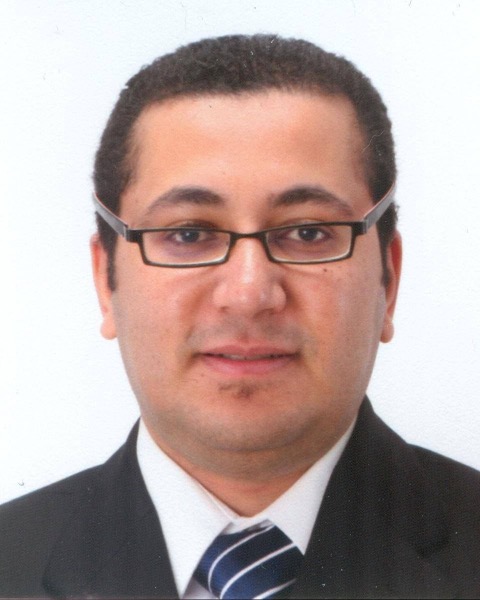Implantable Hearing Devices (IHD)
(PP804) Correlation Between Cochlear Nerve Size and Outcome of Cochlear Implant in Children

Mostafa Youssif, PhD
Associate Professor
Sohag University
Sohag, Suhaj, Egypt
Nada Mostafa Abd Elhameed, Nada
Teaching assistant
Sohag university hospital
Sohag , Egypt
Lead Presenter(s)
Contributor(s)
Summary: Hearing loss affects approximately 1-3 live births per 1,000. Early diagnosis of and intervention for hearing loss is critical since early intervention is linked to improved communication outcomes and school performance. Cochlear implant (CI) is a well-accepted treatment for severe-to-profound sensorineural hearing loss patients.
Imaging plays an important role in the workup of CI candidates, not only to identify inner ear congenital and acquired abnormalities or cochlear nerve anomalies but also to detect temporal bone abnormalities. High-resolution computed tomography (HRCT) and three-dimensional magnetic resonance imaging (3D MRI) are imaging techniques used to measure the exact size of the cochlear nerve.
Cochlear nerve deficiency (CND) is defined by a small or absent cochlear branch of the vestibulocochlear nerve(VCN) or cochlear nerve (CN). CND has been found in 3 to 21% of patients with congenital sensorineural deafness. Congenitally deaf children with CND who receive cochlear implants generally exhibit poorer auditory performance than CI children without CND. However, the effect of variation of the cochlear nerve size, which considered within the normal range, on the CI children performance is not extensively studied.
This study was done to evaluate the effect of cochlear nerve size on cochlear implant outcome in children.
Methods:
Thirty children were implanted with a MED-EL device, Sonata II (Med-El, Innsbruck, Austria) at Sohag University hospital. Post operative performance evaluation was examined through the following tests:
1- Aided Pure tone audiometery.
2- ECAP: to detect the ECAP threshold.
3- C and T level.
4- 1st detected sound: After cochlear implantation as observed by the parents.
5- 1st spoken word.
6- LittlEars Arabic Questionnaire.
Results: the results showed that there is no statistically significant correlation between auditory nerve thickness' and each of average Aided PTA threshold, ECAP threshold, average MAP Threshold (T) and comfortable (C) levels and LittlEars Arabic Questionnaire.
Conclusion: the diameter of the nerves is not significantly correlated to postoperative audiological performance.
Learning Objectives:
- Describe the effect of cochlear nerve size on cochlear implantation outcome and speech development in children.
